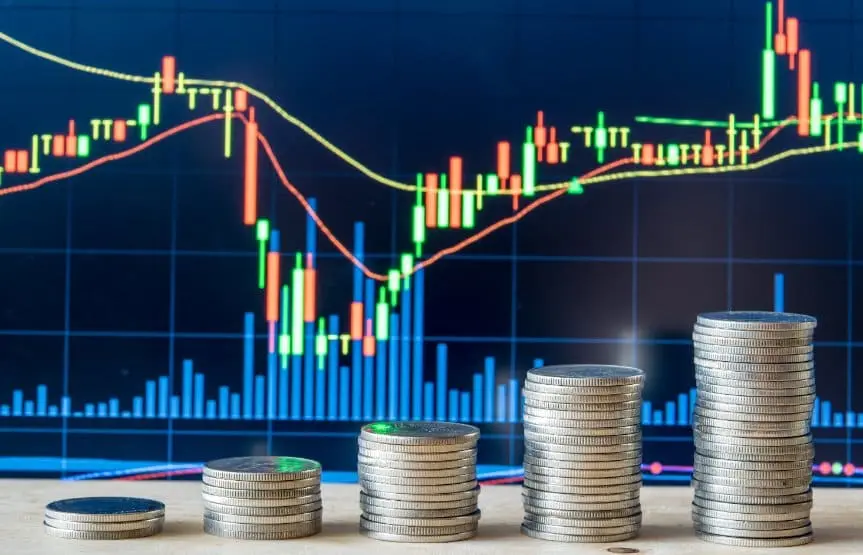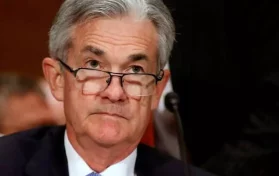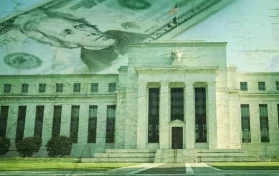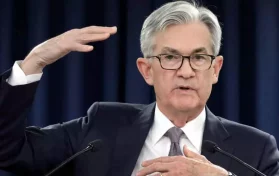
On Wednesday, the Federal Reserve made history when it raised interest rates by three-fourths of a point (or 75 basis points). This is the first time the Fed has done so in more than three decades. In January, Fed Chair Jerome Powell announced that the agency would raise the interest rate multiple times over this year and likely into 2023. Since the announcement, the Fed raised rates by one-quarter point at its next meeting, then by one-half point in a subsequent meeting.
In April, the Labor Department announced the previous month’s inflation rate was a historic 8.5 percent. Due to interest rate hikes and a few other influences, inflation fell slightly to 8.3 percent in May. However, earlier this month, inflation rose once more to 8.6 percent, another historic high not seen since the early 1980s. This brought about the three-quarter point interest rate hike on Wednesday.
This is the first rate hike of its kind since 1994.
The latest rate hike places the key benchmark federal funds rate between 1.50 and 1.75 percent.
After the announcement of the latest rate hike was made, the Fed went on to further lay out plans for even more aggressive rate hikes for the rest of 2022. Policymakers at the Fed expect interest rates to reach 3.4 percent by the end of the year. This will be the highest interest rates have been since 2008.
The last time the Fed met, however, they had expected the federal interest rate to land at 2.5 percent. The new expectation comes after the regular meeting of the Federal Reserve officials, which takes place about every two months.
In a statement, the Federal Reserve said: “Inflation remains elevated, reflecting supply and demand imbalances related to the pandemic, higher energy prices, and broader price pressures.”
All members of the Federal Reserve board voted for the three-quarter point increase with the exception of Kansas City President Esther George, who voted for a half-point increase rather than a three-quarter point expansion.
Most economists had expected a half-point increase as well, since the Fed had approved that measure of increase at a previous board meeting. In addition, the Fed had presented a plan that would involve similar hikes at future board meetings in 2022. However, that plan assumed that the current data would stay about the same as it had prior to the May meeting of the Fed.
Instead, the inflation rate surged rather than cooled. It’s likely that the dismal numbers from the Labor Department report that was released last week factored into the idea of a three-quarter point rate hike. Another survey released earlier this week, just prior to the Fed meeting, showed that American consumers expect further and faster increases in the price of everyday goods. The Fed tends to view this type of behavior as one that is “self-fulfilling.”
Fed Chair Jerome Powell said that the board looked for signs that the inflation rate was either maintaining from the previous month or falling. However, with consumer prices and inflation both increasing over the last month, “strong action was warranted.”
While he added that the Fed will make future rate hike decisions based on monthly data, he warned that at the July meeting, interest rates could be hiked by one-half point or three-quarters. Powell inferred that the decision of how much to raise federal interest rates will be made on a “meeting-by-meeting” basis. However, Powell said that consumers should expect to see some type of rate increase as a result of each meeting.
On a positive note, Powell did add that he did not anticipate three-quarter interest rate hikes to be commonplace.
Economists are beginning to lose hope that the Fed can “humbly and nimbly” engineer the “soft landing” Powell had proposed when trying to regulate the economy.
At the end of June, the second quarter of the financial year will end; if GDP is once again in the negative, by definition, the United States will be in a recession.





